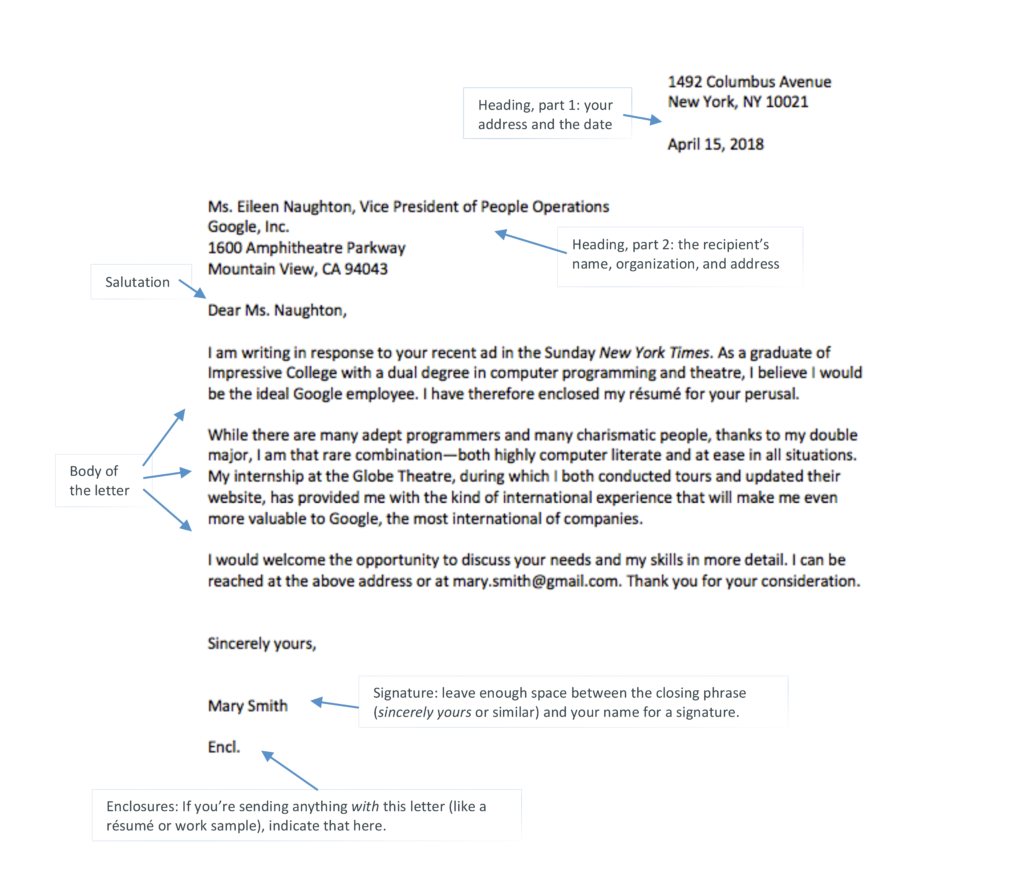Format to write an official letter – In the realm of professional communication, the ability to compose impeccable official letters is a cornerstone of success. Embark on a journey to elevate your written correspondence with this comprehensive guide, unlocking the secrets of crafting letters that command attention and convey your message with precision.
Prepare to navigate the intricacies of official letter writing, from the essential elements of the header to the nuances of formal language and tone. Discover the art of structuring your letter with finesse, ensuring clarity and professionalism in every word.
1. Introduction

Official letter writing formats are essential for maintaining professionalism and clarity in communication. Adhering to these formats ensures that letters are organized, easy to read, and convey the intended message effectively.
Different contexts require specific letter formats, such as business letters, legal documents, and academic correspondence.
2. Essential Elements of an Official Letter
Header
The header includes the sender’s address, date, and recipient’s address. It should be aligned to the left or right and formatted in a clear and concise manner.
Salutation
The salutation is a formal greeting that addresses the recipient. It typically begins with “Dear” followed by the recipient’s title and last name, such as “Dear Mr./Ms. [Recipient’s Last Name].”
Body
The body of the letter contains the main content. It should be organized into clear paragraphs, with single or double spacing depending on the context. The font size should be professional and easy to read.
Closing
The closing is a formal phrase that ends the letter. Common closings include “Sincerely,” “Respectfully,” and “Best Regards.” It should be followed by a comma and the sender’s name.
Signature
The signature can be handwritten or digital. It should be placed below the closing and aligned to the right.
3. Formal Language and Tone
Official letters should use formal language and avoid informal expressions. This means using complete sentences, avoiding slang, and maintaining a professional and respectful tone throughout the letter.
Inappropriate language includes contractions, colloquialisms, and personal anecdotes.
The tone of voice should be polite, respectful, and clear.
4. Formatting Options
Single-Spacing
Single-spacing is commonly used for short letters with concise content.
Double-Spacing
Double-spacing is preferred for longer letters or those with complex content. It provides more visual separation between lines.
Block Formatting
Block formatting aligns all text to the left margin. It is often used for business letters and legal documents.
5. Special Considerations
Letterhead
Letterhead is a pre-printed header that includes the sender’s logo, address, and contact information. It adds a professional touch to letters.
Enclosures
Enclosures are additional documents that accompany the letter. They should be listed at the bottom of the letter, below the signature.
Multiple Recipients, Format to write an official letter
When addressing multiple recipients, list their names and titles on separate lines, or use the phrase “To Whom It May Concern.”
Final Summary
As you master the format and etiquette of official letter writing, you empower yourself to communicate with confidence and authority. Whether you’re seeking to impress a potential employer, collaborate with colleagues, or convey important information, this guide will equip you with the tools to craft letters that leave a lasting impact.
Clarifying Questions: Format To Write An Official Letter
Can I use informal language in an official letter?
No, official letters demand the use of formal language to maintain a professional tone and convey respect to the recipient.
How do I address multiple recipients in an official letter?
List the recipients’ names on separate lines, beginning with the most senior individual and followed by the others in order of seniority.
What is the appropriate font size for an official letter?
Typically, a font size between 10 and 12 points is considered appropriate for official letters, ensuring readability and professionalism.